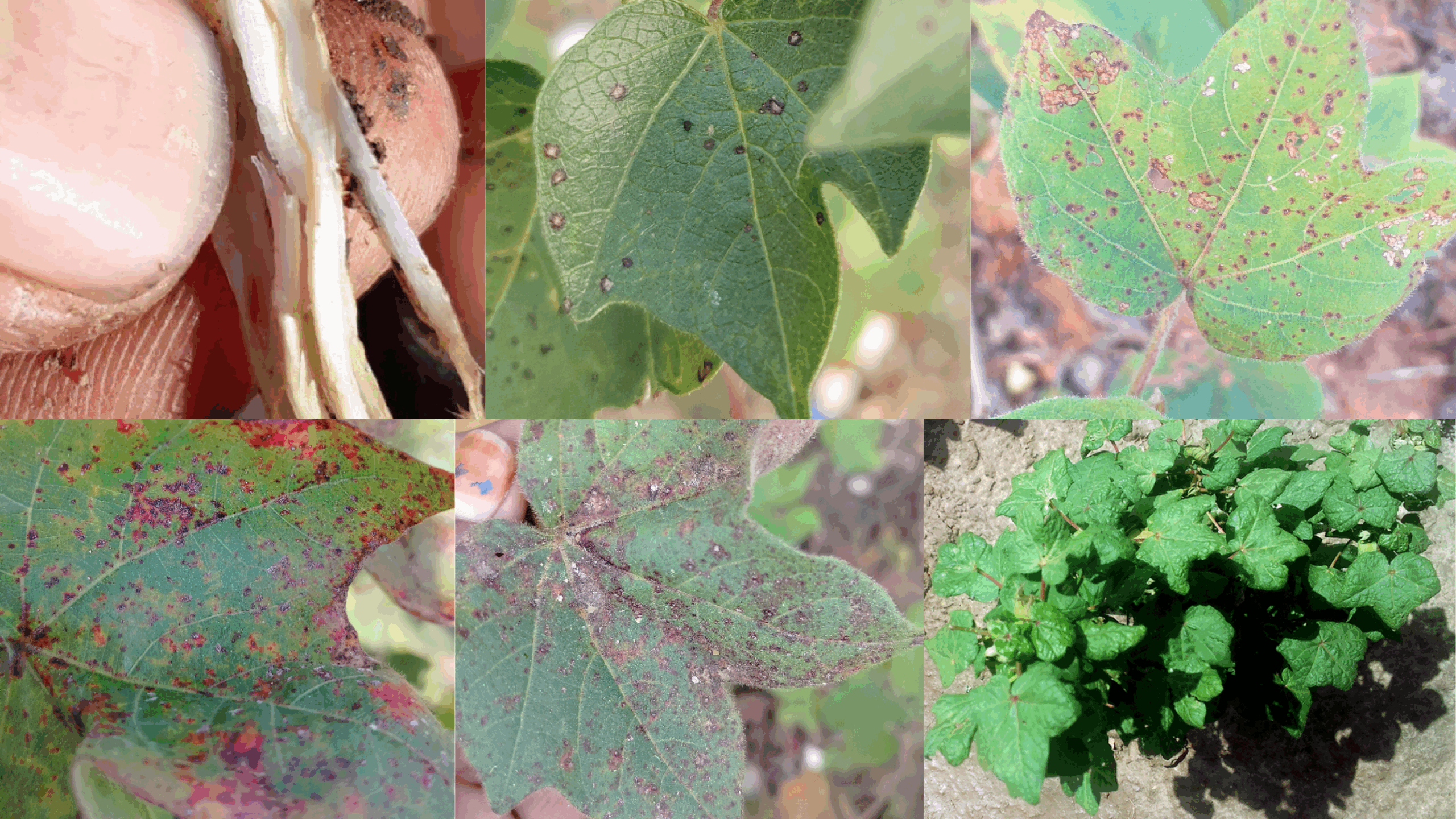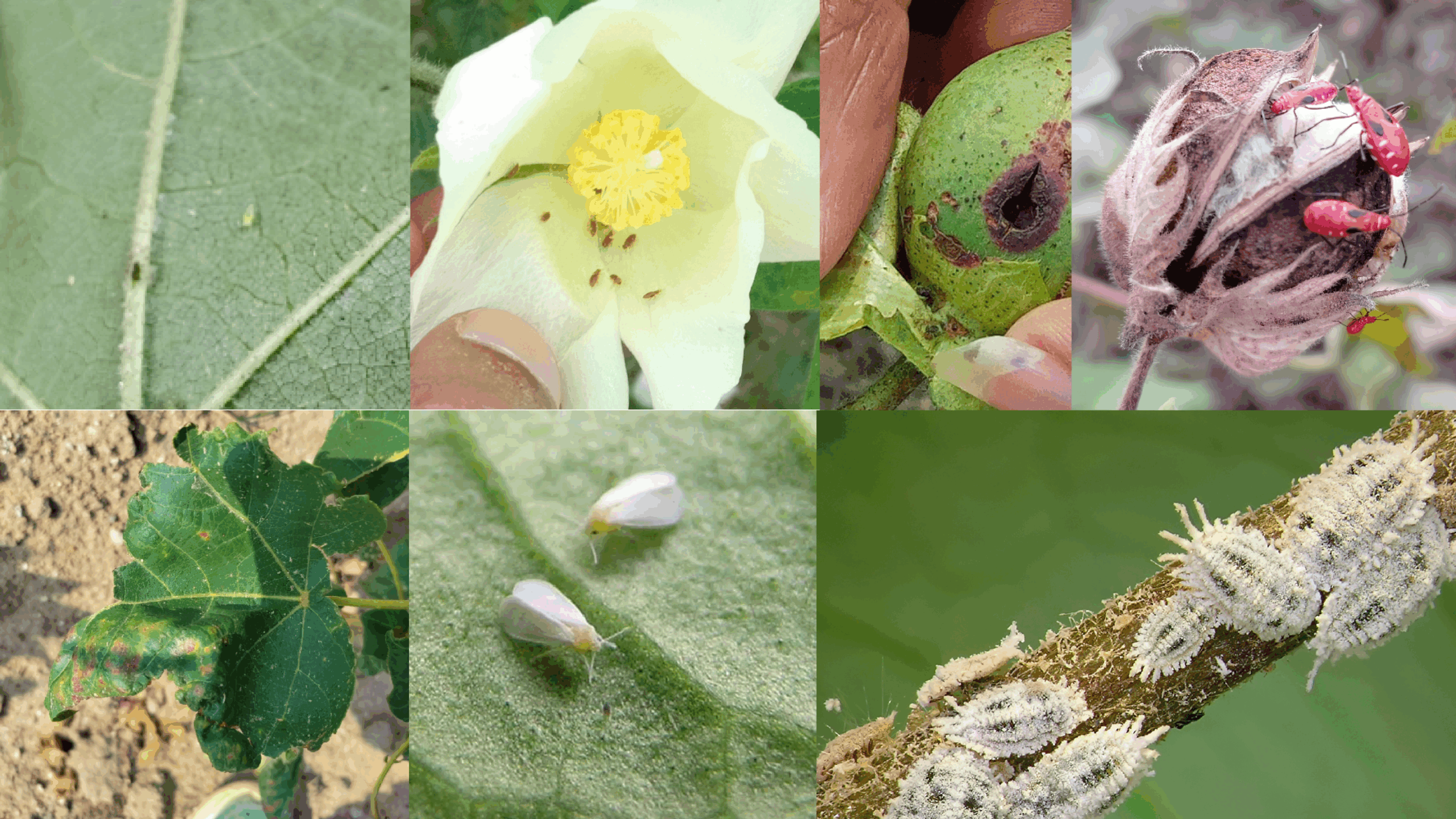Smart Cotton Farming: Simple Steps for Higher Yields
Introduction of Cotton
Cotton is an important cash crop for Indian farmers and is often called “white gold.” It is mainly grown for its fibre, which is used to make clothes and other textiles. Cotton also provides cottonseed oil for cooking and cottonseed cake for cattle feed. India is the world’s largest producer of cotton.
Cotton Synopsis
Botanical Name: Gossypium hirsutum (American cotton, most common)
Common Names: Cotton (English), Patti (Telugu), Kapas (Hindi), Paruthi (Tamil), Hatti (Kannada)
Crop Season: Kharif (June–July sowing, harvested in winter)
Top Cotton-Growing States: Maharashtra, Gujarat, Telangana, Andhra Pradesh, Punjab, Haryana, Rajasthan, Karnataka, Madhya Pradesh
Area & Production
Cotton is grown on about 13–13.5 million hectares in India, with an annual production of 35–37 million bales (170 kg each). Major states are Maharashtra, Gujarat, Telangana, Andhra Pradesh, and Punjab. Cotton is the backbone of India’s textile industry and supports millions of farmers.
Standard Operating Procedure (SOP) of Cotton
To get a good harvest, better fruit quality, and higher income, farmers must follow a proper step-by-step method. That’s why this SOP is prepared.
1. Best Soil and Climate for Cotton
Soil: Cotton grows best in deep, black cotton soil, loamy or sandy loam with good drainage, and pH between 6–8.
Climate: Needs a warm and dry climate, 25–35°C temperature, 600–900 mm rainfall, and plenty of sunlight.
2. Varieties of Cotton
Bt Hybrids: RCH-2, Bunny Bt, Bollgard II, NCS-855, Ankur-651, JKCH-1947, Suraj, Mallika, Mahyco BG-II
Non-Bt Hybrids: Surabhi, LRA-5166, MCU-5, Anjali, Suvin
Desi Varieties: AKA-7, AKA-8, PA-255, Phule Dhanwantari
Choose the variety as per local climate, pest resistance, and market demand.
3. Field Preparation
- Plough the field 2–3 times for fine tilth.
- Remove old crop remains and weeds.
- Mix 8–10 tons of well-rotted farmyard manure (FYM) per acre before the last ploughing.
- Make ridges and furrows or beds for better drainage.
4. Seed Rate & Treatment
Seed Rate: 1.5–2 kg per acre for hybrids, 3–4 kg per acre for desi varieties.
Seed Treatment:
- Treat seeds with Thiram or Carbendazim @ 3 g/kg seed for disease protection.
- For sucking pest protection, treat seeds with Imidacloprid 70% WS @ 5 g/kg seed.
- After treatment, dry seeds in the shade before sowing.
5. Sowing Time & Method
Kharif: June–July (with the start of monsoon) in all the regions of India. In some areas of Tamil Nadu and Andhra Pradesh, cotton is also cultivated during the Rabi season.
Spacing: Hybrids: 120 cm (row to row) × 60 cm (plant to plant); Varieties: 90 cm × 45 cm
Depth: Sow seeds 4–5 cm deep.
6. Fertilizer Dosage & Timing
Basal Dose (per acre):
- Nitrogen (N): 25 kg (55 kg Urea)
- Phosphorus (P2O5): 25 kg (155 kg SSP)
- Potash (K2O): 25 kg (40 kg MOP)
Top Dressing:
- Give the remaining Nitrogen in 2–3 splits: at the square formation, flowering, and boll development stages.
- Adjust as per soil test and crop stage.
7. Water Management
- Give the first irrigation after sowing (if there is no rain).
- Next irrigations at 10–15 day intervals.
- Critical stages: flowering and boll formation.
- Avoid waterlogging, especially in the early crop stage.
8. Weed Management
- First weeding 20–25 days after sowing.
- Second weeding 40–45 days after sowing.
- Use a pre-emergence herbicide like Pendimethalin 30% EC @ 1 litre/acre within 2 days of sowing. QUIZALOFOP
9. Harvesting and Processing
- First picking 130–160 days after sowing.
- Pick open bolls at regular intervals (every 15–20 days).
- Dry-pick cotton in the sun before storage.
- Store in a clean, dry, and well-ventilated place.
10. Yield
| Method | Yield (quintals/ha) |
|---|---|
| Hybrids (Bt) | 18–25 |
| Non-Bt Hybrids | 15–20 |
| Desi Varieties | 10–15 |
Tip: For best results, follow each step properly and consult local agriculture officers for variety and input selection.

